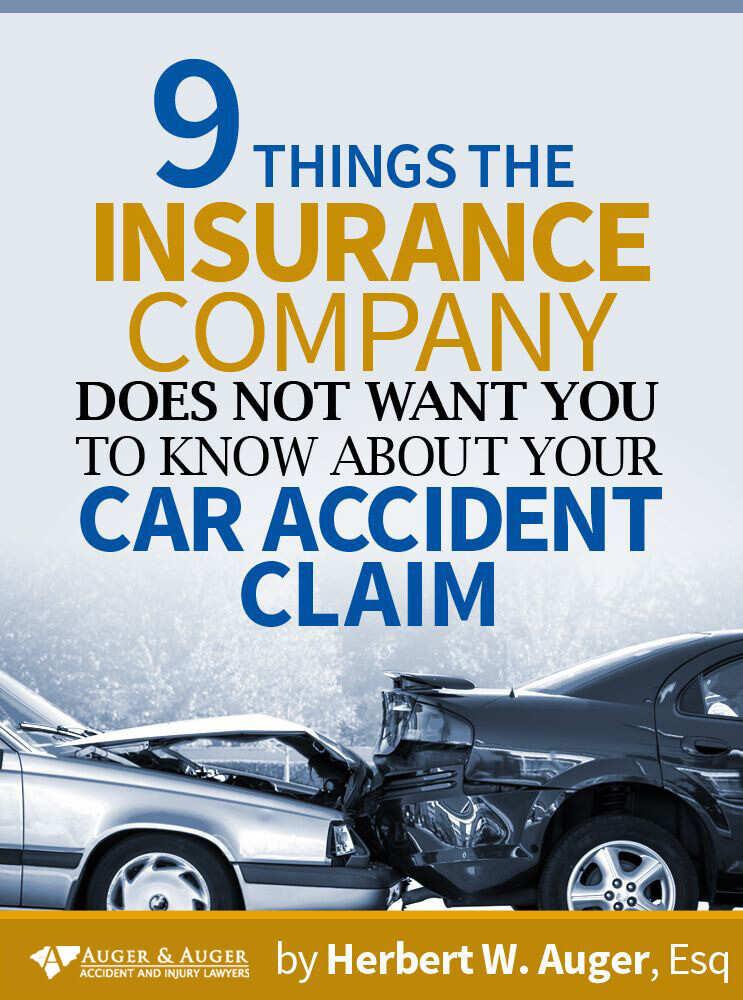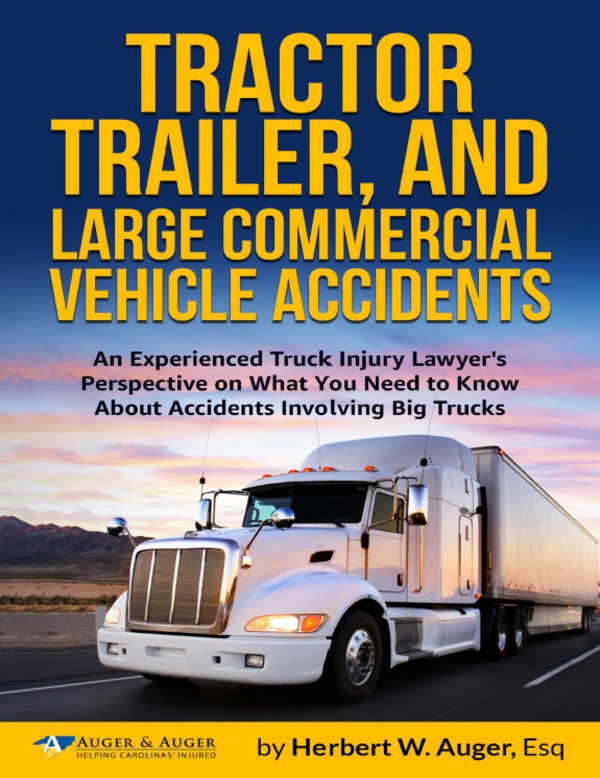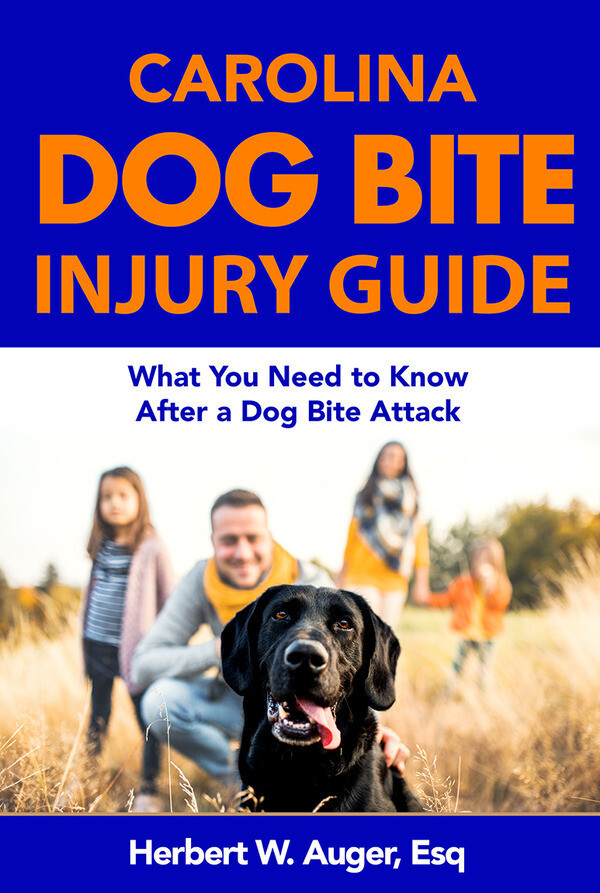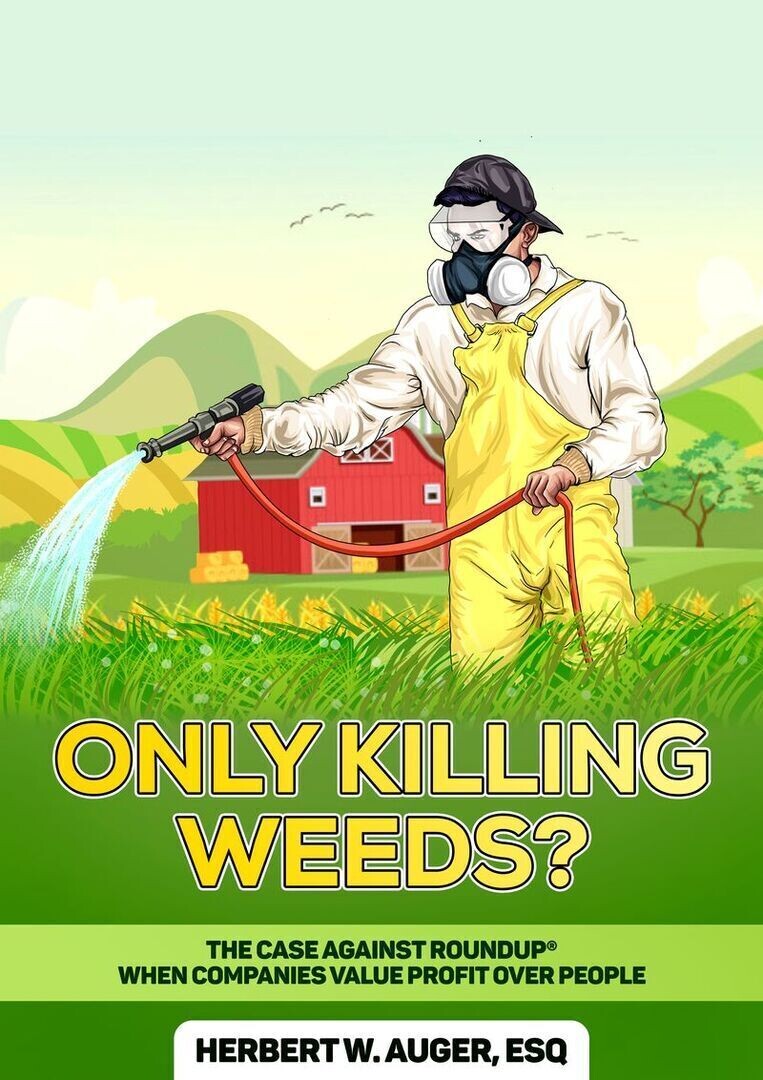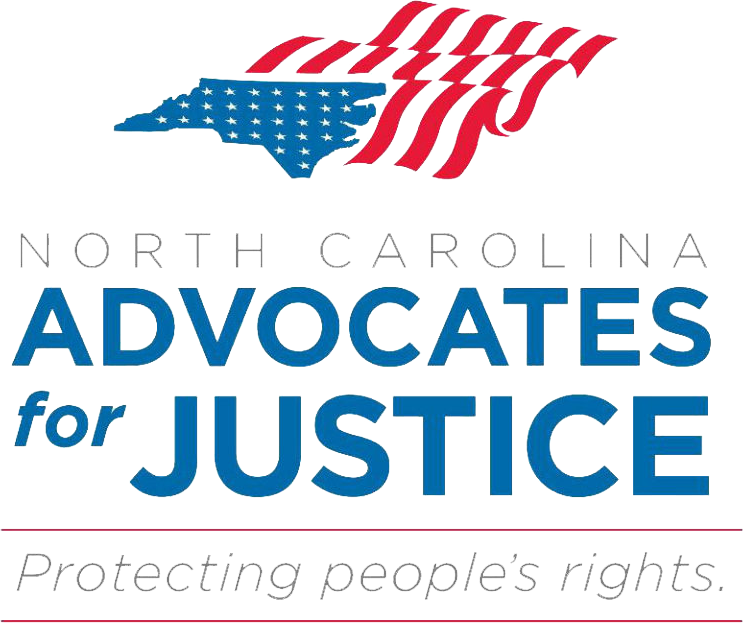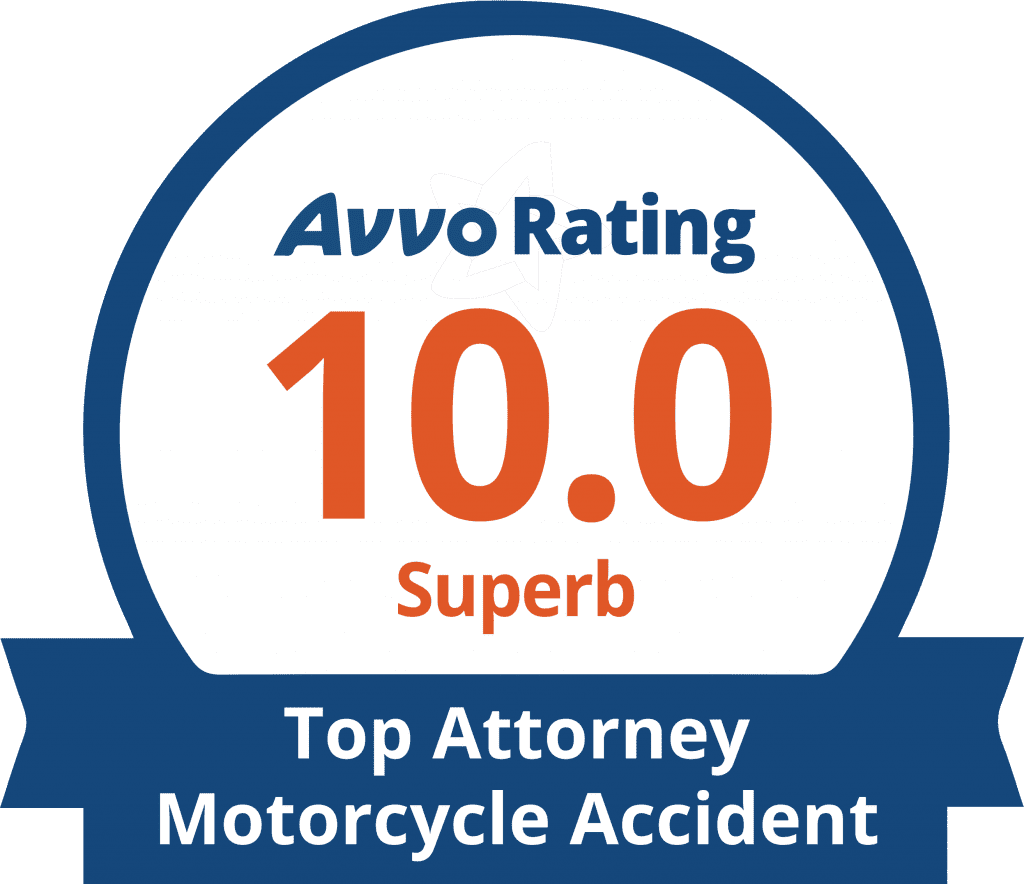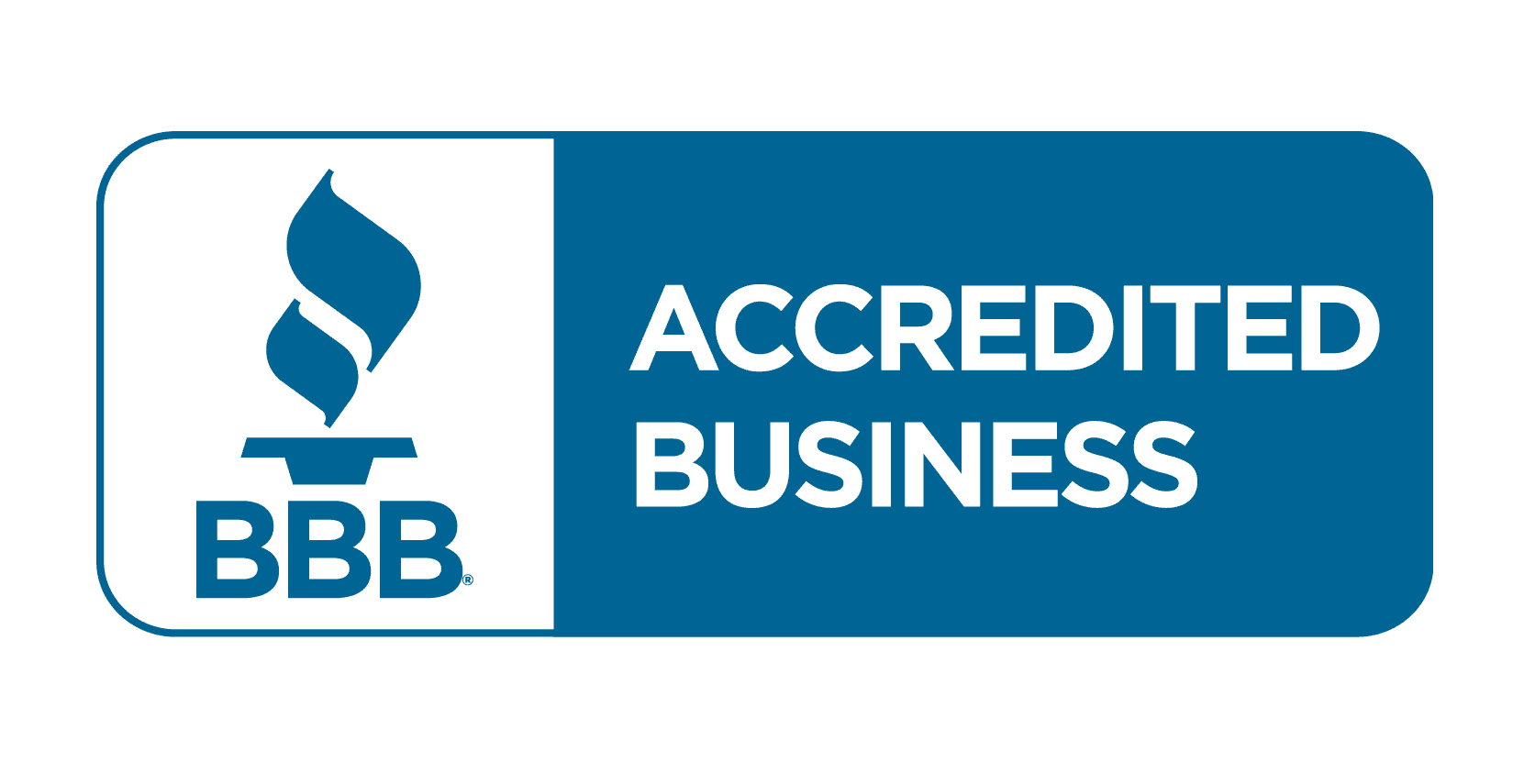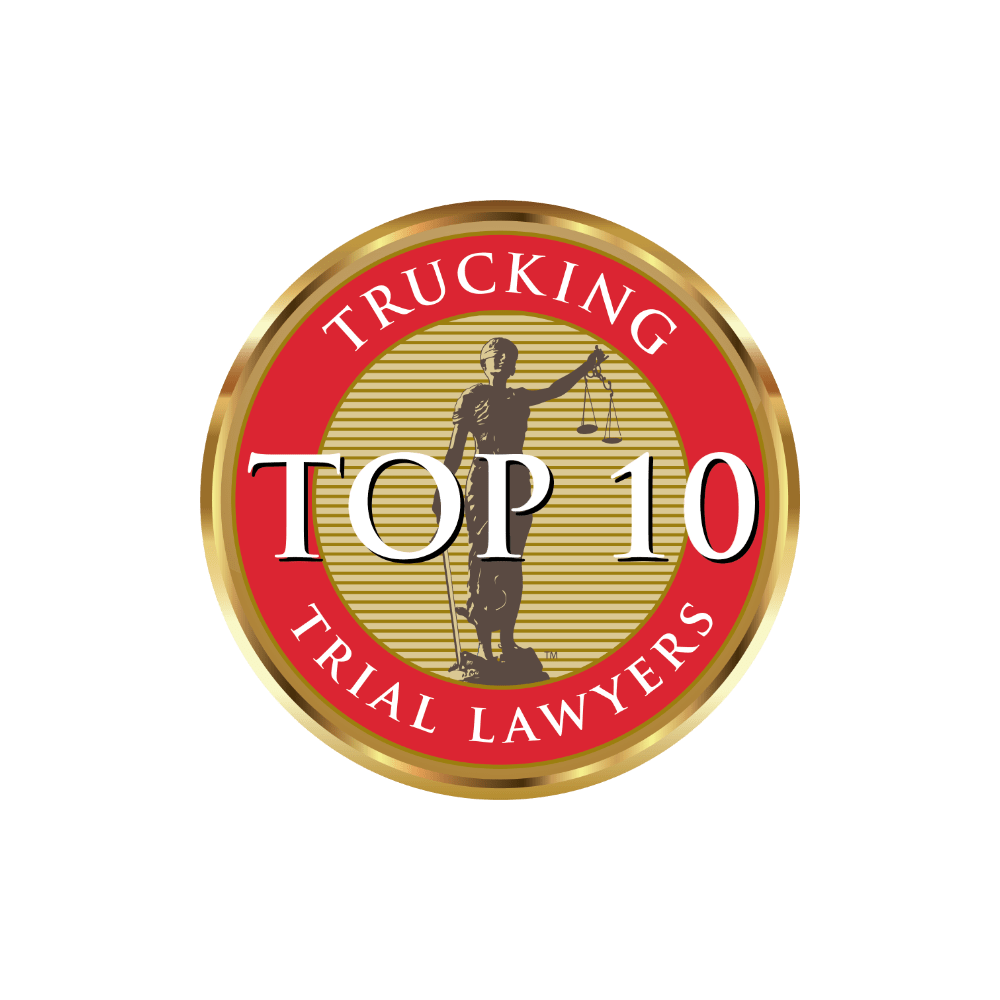Motorcyclists face some of the greatest risks on South Carolina’s roads. Even a moment of driver inattention can lead to devastating injuries and lasting consequences.
Recovering compensation after a motorcycle crash requires a detailed understanding of state traffic laws and liability standards.
A Greenville motorcycle accident lawyer from Auger & Auger Accident and Injury Lawyers can help you pursue the recovery you deserve and hold negligent drivers accountable.
A rider can do everything in their power to stay safe, but if the operator of a car or truck isn’t upholding their duty of care, disaster can ensue. Contact our Greenville personal injury lawyers today to schedule your free consultation.
Commonly Liable Parties In Greenville Motorcycle Accident Cases
Multiple parties may be responsible for a motorcycle accident, especially when negligence or unsafe conduct plays a role. Identifying each liable party helps build a strong claim and maximizes available compensation.
A Greenville motorcycle accident lawyer can investigate the circumstances of your crash, gather evidence, and determine where fault lies. This includes reviewing driver behavior, road conditions, vehicle defects, and any third-party involvement to pursue accountability from all responsible entities.
Some of the most commonly responsible parties in these cases include the following:
- The driver of another involved vehicle
- The manufacturer of your motorcycle or another involved vehicle
- The government body responsible for maintaining the roads in the area where the accident occurred
- A third-party driver who was not directly involved in the crash, but whose actions caused the collision to occur
- A maintenance company that failed to perform adequate maintenance on your motorcycle
This list is far from exhaustive, and many other parties could potentially hold a level of responsibility for your accident.
Damages You Can Pursue After A Motorcycle Accident In Greenville
Following a motorcycle accident in Greenville, there are a variety of damages you will likely be eligible to pursue. Identifying all the damages that apply is essential when seeking compensation after a crash. Our experienced Greenville motorcycle accident lawyers can help you determine all the damages you can claim.
Some of the most commonly available compensatory damages include the following:
- Pain and suffering
- Medical costs
- Future medical expenses
- Permanent disability
- Scarring and disfigurement
- Loss of consortium
- Loss of companionship
- Lost wages
- Diminished earning capacity
- Mental anguish
- Emotional distress
- Property damage
- Loss of quality of life
Punitive Damages
In addition to compensatory damages, punitive damages may also be available in your motorcycle accident case. These damages are reserved for extreme cases and only apply if the liable party was criminally negligent or acted with the intention of causing harm.
In contrast to economic and non-economic damages, punitive damages are not meant to compensate you for the losses you incurred. Instead, the purpose of these damages is to punish the liable party for their role in causing the accident to occur. Auger & Auger has recovered over $100 million for our clients, and we’re ready to help you seek the compensation you deserve.
Steps A Motorcycle Accident Lawyer Serving Greenville Can Take On Your Behalf
When you hire a Greenville motorcycle accident attorney to help you recover compensation after an accident, they will take a variety of steps to help position you to recover the compensation you need and deserve.
When you hire the team at Auger & Auger to help with your motorcycle accident case, we will start by conducting a thorough investigation.
The main goals of this investigation are to identify all liable parties and collect evidence that supports your claim. During our investigation, we will visit the site of your accident, speak with eyewitnesses, gather any available video footage, obtain a copy of the police report, and review your medical records. Once our initial investigation is complete, we will proceed to:
- Assess the damages you have incurred.
- Submit an insurance claim or file a personal injury lawsuit on your behalf.
- Build your case and prepare for court.
- Negotiate with the opposing party to try to secure a settlement deal.
- Take your case to trial if a settlement cannot be reached.
Our Lawyers Get Paid For Results
Our attorneys work on a contingency fee basis, which means you only pay if we recover compensation on your behalf. If we are unable to get you money for your losses, you don’t owe us anything.
We don’t collect a fee to retain our services, nor do we charge an hourly rate. Instead, we collect a single fee at the conclusion of your case, which is taken directly from the compensation you recover. This fee is assessed as a pre-agreed-upon percentage of the settlement or court-ordered payout you receive.
By charging our clients in this manner, we ensure that anyone can afford to hire us to represent them after an accident, regardless of their financial means.
Furthermore, our clients can feel confident that their legal team is doing everything they can to ensure the best possible outcome, since our financial fate is directly tied to your own.
Deadlines For Filing A Motorcycle Accident Lawsuit In South Carolina
South Carolina’s personal injury statute of limitations is three years. That means that you will need to file a lawsuit against the liable party within three years of the date of your motorcycle accident or risk losing your right to pursue compensation altogether.
Hiring an experienced motorcycle accident attorney serving Greenville is the best way to ensure you meet all deadlines and protect your right to recover fair compensation. Your attorney can review the details of your case to determine whether any exceptions apply that alter the filing deadline.
Another reason to hire a lawyer soon after your accident is that doing so will position them to build a strong case supporting your claim. The earlier they can get started, the easier it will be for them to collect evidence before it is lost or stolen, and speak with eyewitnesses while their memories of the incident remain fresh.
Modified Comparative Negligence In South Carolina
Under South Carolina’s modified comparative negligence rule, anyone can pursue damages, as long as their share of the fault is 50% or less. If your fault exceeds 50%, you will be barred from filing a claim and recovering damages.
Even if you are eligible to claim compensation, the amount you can recover will be affected if you were partially responsible for causing the accident. Your available compensation will be reduced at a rate proportional to your level of fault.
For example, if you were 20% liable, the amount you could recover would be 80% of the full value of your damages. That means that if your claim is valued at $100,000, the most you would be able to recover would be $80,000. Your lawyer can help fight back against the opposing party and their attempts to shift as much of the blame onto you as possible.
Don’t Trust Insurance Companies After A Motorcycle Accident
When pursuing compensation after an accident, be wary during any interactions with the liable party’s insurance provider. Despite their efforts to convince you that they are there to help, the goal of insurance adjusters is to minimize payouts and maximize profits.
Insurance adjusters will employ various tactics in their efforts to deny or devalue your claim. Because of their extensive experience handling these types of claims, the average accident victim is at a significant disadvantage in trying to protect themselves. That’s why the best thing to do is hire a lawyer before making a statement or accepting a settlement.
By hiring an experienced Greenville motorcycle crash lawyer, you will level the playing field and significantly improve your chances of recovering the compensation you need and deserve.
Common Types Of Motorcycle Accidents
Some of the most common motorcycle crash cases we handle include:
- Left turn accidents: Most of these involve a car or a larger vehicle making a left turn into the path of the motorcycle. As noted above, drivers who make left turns and collide with bikes typically say they never saw the motorcycle.
- Head–on collisions: Sometimes these occur because one of the drivers is intoxicated or drowsy and doesn’t notice they’re crossing the center lane. Alternatively, these crashes may happen if something causes the motorcycle to skid or destabilize, such as debris in the road, ice or slick spots, or other hazards.
- Lane–switching accidents: These are similar to left-turn accidents in that the vehicle driver often doesn’t see the motorcycle until it’s too late. This can happen with car drivers, but it’s an even bigger problem for those operating tractor-trailers or other large trucks.
- Speeding: High speeds increase the risk of injuries and death in any accident. These risks are even more serious for motorcyclists, who are already more likely to be injured or killed in an accident due to the lack of seatbelts, airbags, and other safety features on a bike.
- Lane splitting: Unfortunately, lane splitting raises the risk of accidents. Car drivers aren’t expecting a motorcycle to be in between the lanes. They might look behind them and miss your bike if you’re further back and blend in with all the cars. Then the car driver pulls out, thinking they’re clear to switch lanes, just as you get closer.
- Driving under the influence: Drunk drivers are a threat to everyone, but motorcyclists are especially vulnerable. If you see a car driver swerving, struggling to stay between the lines, or exhibiting any other erratic behavior, slow down and stay as far away from them as possible.
- Single–vehicle crashes: Sometimes motorcyclists simply lose control of their bikes. As mentioned earlier, debris or other road hazards can spell disaster for a biker. Unfortunately, it’s very common for motorcyclists to be thrown from their bikes in these situations. The biker may hit a tree, fence, guardrail, or another stationary object.
- No-contact crashes: This is another version of the single-vehicle crash, but one in which there is another vehicle involved in causing the crash that doesn’t make contact with your bike. An example would be an aggressive driver who forces you off the road.
- Hazards on the road: No one wants to come across black ice, a deer in the headlights, a pothole, or random debris in the road. For motorcyclists, these hazards can be particularly dangerous. Even a small amount of debris, such as a scattering of gravel that would be barely noticeable to a car driver, can destabilize a motorcycle.
Schedule A Free Case Review With A Motorcycle Accident Attorney In Greenville Today
At Auger and Auger, our dedicated personal injury attorneys are strong advocates for victims’ rights. If you or a loved one has been injured in a motorcycle collision, hire an attorney who will stand with you and fight for a just and equitable resolution. We will consider all options for recovering compensation to help with your medical and other financial losses.
Don’t let your current financial difficulties prevent you from hiring the knowledgeable legal representation you need. Our zero-fee guarantee is just one of the ways we serve our clients.
You will not be charged for your consultation or during any step in your case. Contact us today to get started.

